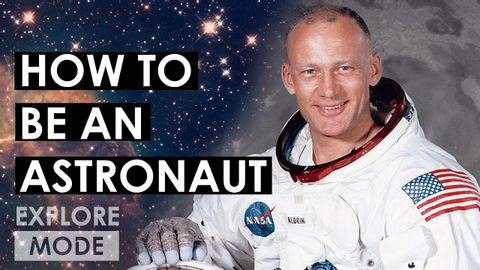What it takes to become an astronaut | How does NASA select astronauts? | EXPLORE MODE
nao が 2021 年 10 月 06 日 に投稿  この条件に一致する単語はありません
この条件に一致する単語はありませんUS /ˈɛpɪˌsod/
・
UK /'epɪsəʊd/
US /ɪnˈtɛns/
・
UK /ɪn'tens/
US /pəˈtɛnʃəl/
・
UK /pəˈtenʃl/
- adj.可能性がある;潜在的な
- n. (u.)可能性
- n. (c./u.)可能性;潜在能力;候補者;ポテンシャル
US /ˈprɑsˌɛs, ˈproˌsɛs/
・
UK /prə'ses/
- v.t.(コンピュータの)データを処理する;処理する;処理する;一連の工程を経る;加工する : 加工処理する;理解する
- n. (c./u.)手続き;一連の行為;方法;訴訟手続き;プロセス (コンピューター)
エネルギーを使用
すべての単語を解除
発音・解説・フィルター機能を解除

